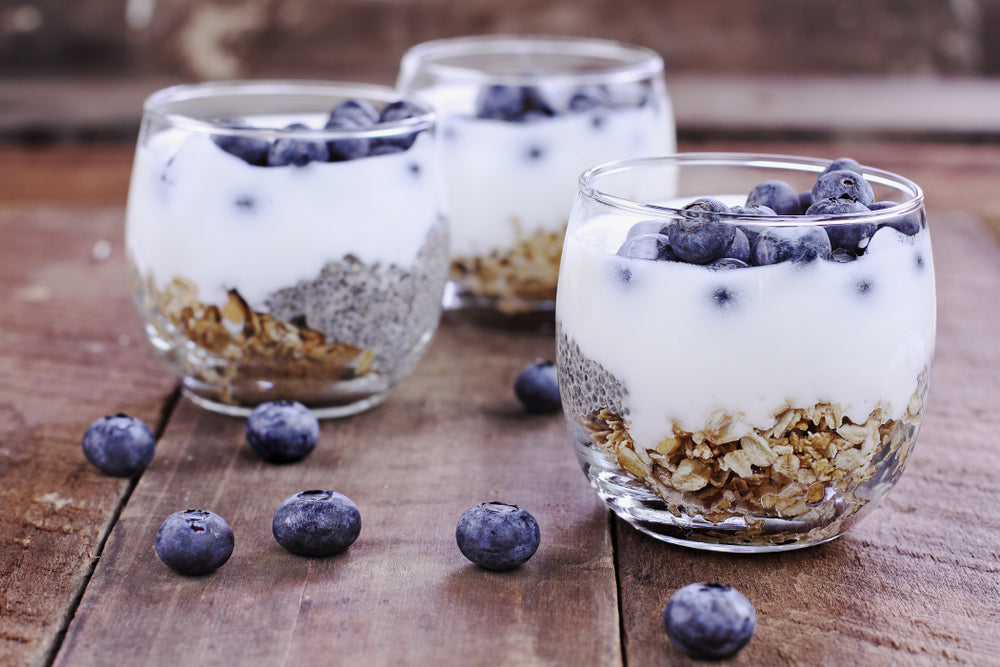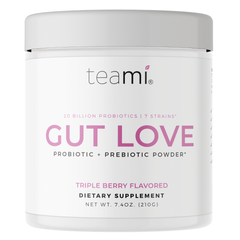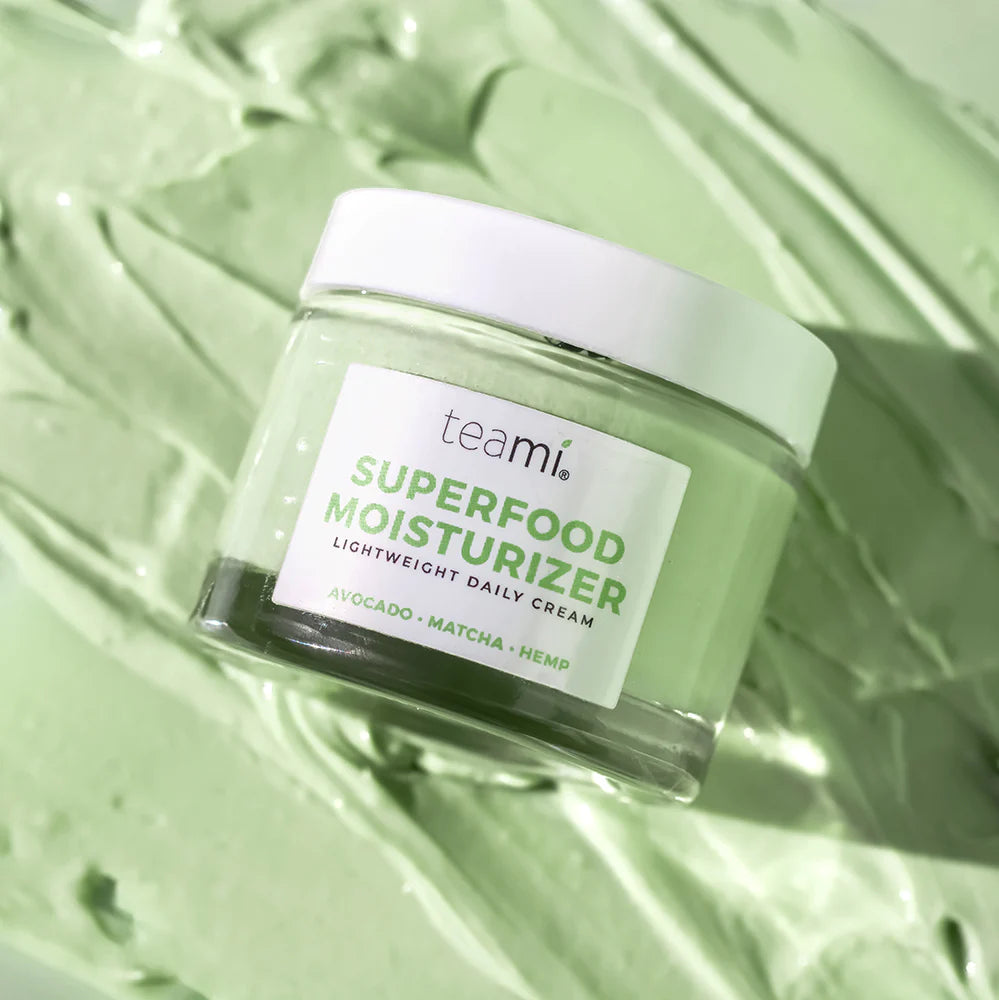Do You Really Need Probiotics and Prebiotics? What’s the Difference?

Probiotics, prebiotics – these words might have you asking, “how in the world are these different from each other?” Although they sound similar, they are very different from each other! However, prebiotics and probiotics DO work together in your body as puzzle pieces in the function of your digestive system. Both play very important roles in your health, and both have a big impact on the gut microbiome and your overall well-being.
What’s the difference between probiotics and prebiotics?
Prebiotics are specific nutrients in foods that feed probiotics. One of the most common prebiotics is mostly inulin fiber. Inulin fiber is a soluble plant fiber that assists with digestion. The human body can’t actually digest this fiber (and other prebiotics) – but probiotics can. Plus, when inulin fiber is consumed by gut bacteria it produces short-chain fatty acids that the colon uses for energy. Prebiotics also help increase the amount of healthy bacteria in the gut.
On the other hand, probiotics are live bacteria found in some foods and in supplements. Probiotics maintain balance in the digestive tract. This is especially important when the digestive system is disrupted from a round of antibiotics or too many fried foods while on vacation. The balance of bacteria impacts the biodiversity of the intestines. When bacteria is balanced, it supports the essential processes of the gut microbiome, including its role in the immune system, energy, digestion, skin health, and even cognitive function.
The simplest way to think about it is that prebiotics are from food, feeding the probiotics (or beneficial bacteria).
Food sources of prebiotics
If you’re eating a variety of fruits and vegetables, you’re probably already consuming prebiotics. And a big benefit of consuming prebiotic foods is that you’re not only consuming fiber, you’re getting healthy antioxidants, vitamins, and minerals into your diet. Common foods that contain prebiotics include asparagus, oats, beans, peas, apples, watermelon, chickpeas, leeks, bananas, and onions. Prebiotics are also available as a nutritional supplement.
Food sources of probiotics
Fermented foods are the best source of probiotics. This includes tempeh, kimchi, miso, sauerkraut, and kombucha. If these foods aren’t something you consume all the time, there are other options, such as certain types of yogurt. Kefir is a fermented milk that has a strong taste. The consistency is a little thicker than regular milk, so it’s kind of a cross between a glass of milk and a cup of yogurt. Even the packaging reflects this, as kefir is sometimes sold in bottles and sometimes sold in cartons to eat with a spoon. Another probiotic food is “viili,” a traditional Finnish yogurt that involves fermenting milk at room temperature. You can also add probiotics into your diet with probiotic supplements.
Managing the relationship between prebiotics and probiotics
Prebiotics and probiotics have a close-knit relationship, working together to maintain balance in your gut. Eating the right foods is crucial to the upkeep of this relationship. A poor diet that consists of fried foods, fatty foods, and foods high in sugar actually feeds bad bacteria. Plus, these foods do not contain prebiotics. When this happens, the good bacteria fall out of balance and prebiotics aren’t present to break down foods your body has trouble digesting. This is just one reason it is so important to consume both prebiotics and probiotics.
Get probiotics and prebiotics with Gut Love
It’s easy to get prebiotics and probiotics with Teami Gut Love! This incredible powder supplement contains both prebiotics and probiotics so you don’t have to worry about getting enough. Gut Love even contains 20 billion probiotics in seven different strains, while most other probiotic formulas only contain one or two strains.
Gut Love is super easy to use. It’s easy to blend into your favorite smoothie and easily dissolves in water! With two flavors to choose from, Unflavored and Triple Berry, it’s easy to get the gut nutrition you need. We recommended using Gut Love just before a meal, but you can still use it at any time of the day that works for you. Scoop it into your favorite Teami Tumbler and you’ll be all set!
It is estimated that 70% of your immune system is located in your gut, and that’s just one of its many jobs! This is one reason taking care of your gut health is one of the most important things you can do for your body. So don’t miss out on the convenience of Gut Love, and show us how YOU are using it in your routine by tagging us on Instagram with the hashtag #thankyouteami.

Love,
Adi Arezzini | @adiarezzini
Co-Founder + CEO, Teami Blends
Certified Holistic Nutrition Coach
Subscribe to our Newsletter
Subscribe to our newsletter and get 10% off your first purchase

 Instagram
Instagram



